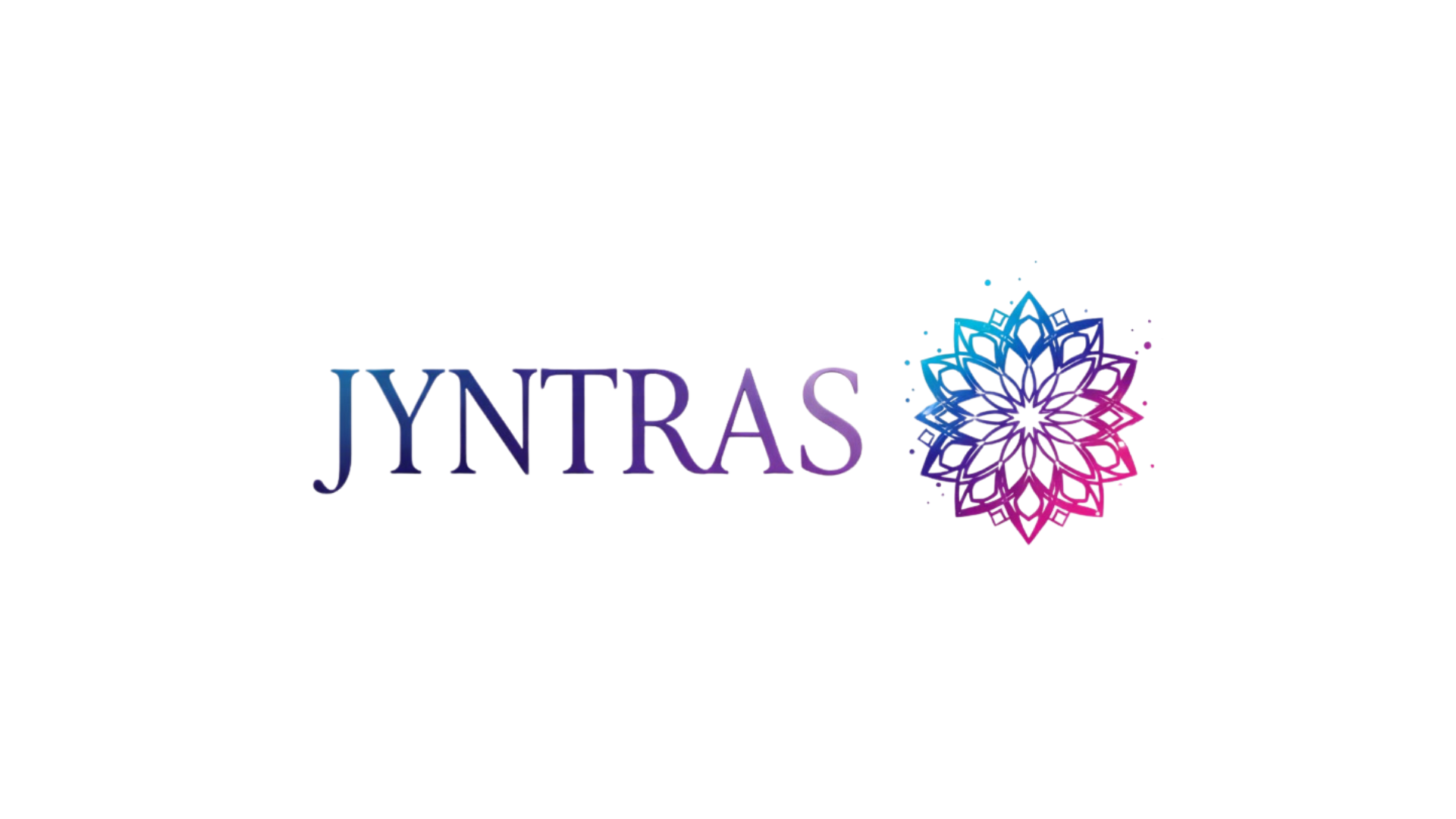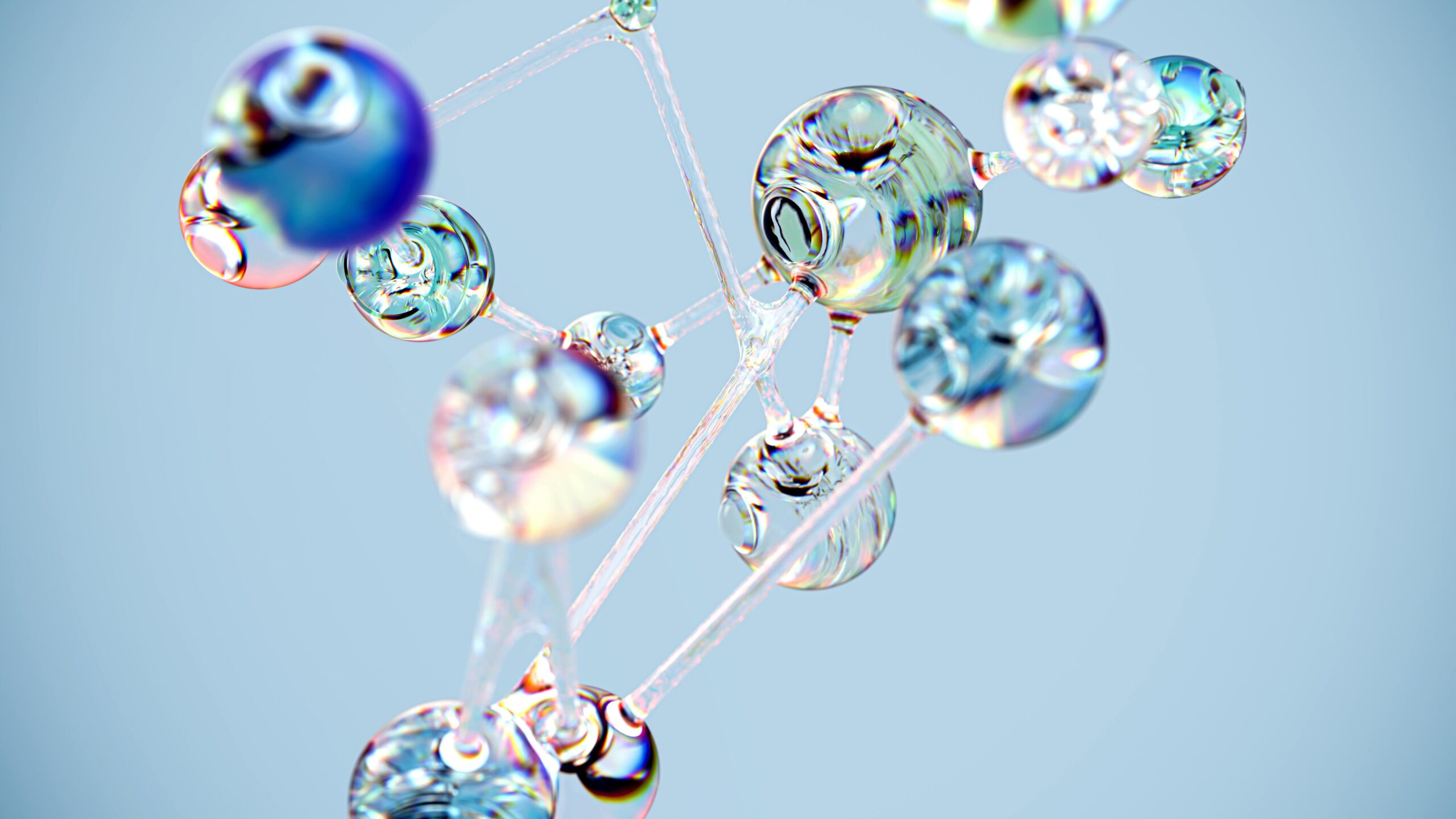Recent scientific discoveries reveal that sound frequencies and light wavelengths can actively influence DNA structure, opening revolutionary possibilities for health and cellular regeneration. 🧬
The Quantum Dance Between Energy and Genetics
For decades, scientists believed DNA was a static blueprint locked within our cells, unchangeable except through mutation or hereditary factors. This perception has dramatically shifted as emerging research demonstrates that our genetic material responds dynamically to environmental stimuli, particularly electromagnetic frequencies in the form of sound and light.
The concept that external vibrations could alter biological function isn’t entirely new. Ancient healing practices across cultures have long utilized sound therapy and light exposure for wellness. What’s groundbreaking is the modern scientific validation showing these practices operate at the molecular level, directly affecting DNA expression and cellular behavior.
Understanding this connection requires examining DNA not merely as a chemical compound but as a sophisticated antenna capable of receiving, processing, and transmitting electromagnetic information. This perspective transforms our approach to healing, wellness, and human potential.
How Sound Frequencies Interact With DNA Molecules 🎵
Sound travels through matter as mechanical waves, creating pressure variations that propagate through our bodies at the cellular level. When these acoustic vibrations reach our cells, they don’t simply pass through—they interact with molecular structures in measurable ways.
Research conducted by molecular biologists has identified that specific sound frequencies can influence DNA in several remarkable ways:
- Altering the rate of DNA transcription and protein synthesis
- Affecting the methylation patterns that control gene expression
- Influencing the three-dimensional structure of chromatin
- Modulating cellular membrane permeability
- Triggering stress response pathways or relaxation mechanisms
The mechanism behind these effects relates to cymatics—the study of visible sound vibration. When sound waves interact with matter, they create geometric patterns. At the cellular level, these patterns can temporarily restructure the aqueous environment surrounding DNA, affecting how genes are accessed and expressed.
The Solfeggio Frequencies and Genetic Repair
Among sound researchers, particular attention has focused on ancient Solfeggio frequencies, especially the 528 Hz tone nicknamed the “love frequency.” Dr. Leonard Horowitz and other researchers have suggested this specific frequency demonstrates DNA repair properties.
Laboratory studies have shown that exposing damaged DNA to 528 Hz sound in solution can increase the absorption of UV light, potentially enhancing the DNA’s self-repair mechanisms. While more research is needed to fully validate these findings in living organisms, the preliminary results suggest sound frequencies might activate dormant repair pathways within genetic material.
Other frequencies in the Solfeggio scale reportedly influence different aspects of cellular function, from reducing stress markers to enhancing mitochondrial energy production. These effects cascade through gene expression patterns, demonstrating how sound creates biological changes that extend far beyond simple relaxation.
Light Waves as Genetic Messengers 💡
While sound operates through mechanical vibration, light functions as electromagnetic radiation with even more direct implications for DNA function. Photons—the particles of light—carry energy packets that can be absorbed by biological molecules, triggering photochemical reactions.
Your DNA naturally absorbs and emits ultra-weak photon emissions, sometimes called biophotons. This phenomenon suggests genetic material functions as both a receiver and transmitter of light information, participating in a sophisticated communication network throughout your body.
Different wavelengths of light penetrate tissue to varying depths and interact with cellular components in distinct ways. This principle underlies photobiomodulation therapy, an established medical treatment using specific light wavelengths to promote healing and reduce inflammation.
Red and Near-Infrared Light Therapy
Red light (620-750 nm) and near-infrared light (750-1200 nm) have demonstrated particularly profound effects on cellular function. These wavelengths penetrate deeply into tissues and are absorbed by mitochondria, the energy-producing organelles within cells.
When mitochondria absorb these photons, they enhance ATP (adenosine triphosphate) production—the cellular energy currency. This energy boost affects DNA expression by:
- Increasing transcription factor availability
- Enhancing DNA repair enzyme activity
- Reducing oxidative stress that damages genetic material
- Modulating inflammatory gene expression
- Promoting cellular regeneration pathways
Clinical applications of red light therapy now extend from wound healing to neurological support, with genetic expression changes underlying many observed benefits.
UV Light: The Double-Edged Sword
Ultraviolet light presents a more complex relationship with DNA. While excessive UV exposure causes mutations and damage—forming thymine dimers that distort the DNA helix—controlled UV exposure triggers vitamin D synthesis and activates important immune responses through genetic pathways.
This paradox illustrates a crucial principle: the biological effects of light depend entirely on dosage, wavelength, duration, and context. Understanding these parameters allows therapeutic application while minimizing risk.
The Vibrational Signature of Healthy DNA
Emerging research in biophysics suggests healthy DNA maintains specific vibrational frequencies. When cells experience stress, toxins, or disease states, these frequencies shift. This concept has led researchers to explore whether restoring optimal frequencies might support cellular healing and genetic stability.
The double helix structure of DNA creates natural resonance frequencies based on its dimensions and molecular composition. Some researchers propose that exposing compromised cells to these optimal frequencies might help restore normal function, though this remains an active area of investigation.
The water molecules surrounding DNA play a critical role in this vibrational picture. Structured water—water molecules organized in specific geometric patterns around biomolecules—may facilitate electromagnetic communication throughout the cell and between cells.
Practical Applications: From Laboratory to Daily Life 🔬
The scientific understanding of sound and light effects on DNA has spawned numerous practical applications, ranging from clinical treatments to wellness practices you can implement at home.
Sound-Based Interventions
Binaural beats, tuning fork therapy, and specific musical compositions designed around beneficial frequencies have gained popularity. While individual results vary, many people report improved sleep, reduced anxiety, and enhanced focus—effects potentially mediated through gene expression changes.
Vibroacoustic therapy, which uses low-frequency sound vibrations applied directly to the body, has shown promise in pain management and stress reduction. The mechanisms likely involve both neurological pathways and direct cellular effects, including potential DNA-level influences.
Light Therapy Devices
Home-use red light therapy panels have become increasingly accessible. These devices deliver targeted wavelengths that research suggests may support skin health, muscle recovery, and cellular energy production through mitochondrial enhancement and associated genetic effects.
Seasonal affective disorder lamps provide bright light exposure that influences circadian rhythm genes, demonstrating how light timing affects genetic expression patterns controlling sleep-wake cycles and mood regulation.
The Epigenetic Connection: Beyond DNA Sequence 🧬
Perhaps the most significant aspect of sound and light effects on DNA involves epigenetics—changes in gene expression that don’t alter the underlying DNA sequence. Environmental factors, including electromagnetic frequencies, can add or remove chemical tags on DNA that control which genes activate or silence.
This epigenetic layer means your lifestyle choices, including exposure to specific sounds and lights, directly influence which genetic instructions your cells follow. These changes can sometimes persist and even pass to future generations, highlighting the profound implications of our energetic environment.
Stress, diet, toxin exposure, and yes—sound and light exposure—all contribute to your epigenetic landscape. This understanding shifts health from a purely genetic determinism model to one where environmental factors play crucial roles in genetic destiny.
Methylation Patterns and Frequency Exposure
DNA methylation—the addition of methyl groups to cytosine bases—represents a primary epigenetic mechanism. Research indicates that chronic stress alters methylation patterns in genes controlling inflammation and immune response.
Conversely, interventions that reduce stress—including certain sound frequencies and light exposures—may help restore healthier methylation patterns. This represents a molecular mechanism explaining how vibrational therapies might exert lasting effects beyond temporary symptom relief.
Scientific Evidence and Ongoing Research 📊
The field studying electromagnetic effects on DNA spans multiple disciplines, from quantum biology to photomedicine. While promising findings continue emerging, it’s important to distinguish between well-established principles and speculative theories.
Well-documented phenomena include:
- Photobiomodulation effects on mitochondrial function and gene expression
- Circadian light effects on clock genes
- UV-induced DNA damage and repair mechanisms
- Acoustic wave effects on cellular membrane permeability
- Stress-induced epigenetic modifications
Areas requiring further research include specific frequency effects on genetic repair, optimal therapeutic parameters for various conditions, long-term safety profiles, and mechanisms underlying reported benefits of specific sound therapies.
Major research institutions worldwide now investigate these phenomena, lending credibility to a field once dismissed as fringe science. Publications in peer-reviewed journals increasingly document measurable effects of specific electromagnetic frequencies on cellular and genetic function.
Harnessing These Principles for Wellness ✨
Understanding that sound and light influence DNA doesn’t require sophisticated equipment to gain benefits. Simple lifestyle adjustments can optimize your electromagnetic environment:
Optimize your light exposure: Get morning sunlight to set circadian rhythms, minimize blue light before bedtime, and consider red light therapy devices for specific applications.
Create beneficial sound environments: Incorporate music or frequencies associated with relaxation and focus, reduce chronic noise pollution, and explore sound meditation practices.
Support your body’s natural frequencies: Adequate hydration maintains the aqueous environment around DNA, proper nutrition provides building blocks for genetic repair, and stress management prevents harmful epigenetic changes.
Practice consistency: Epigenetic changes often require sustained environmental shifts. Regular exposure to beneficial frequencies may produce more significant effects than occasional interventions.
Personalization Matters
Individual responses to sound and light therapies vary based on genetics, current health status, and environmental context. What proves beneficial for one person might differ for another, suggesting the need for personalized approaches rather than universal protocols.
Paying attention to your body’s responses—energy levels, mood, sleep quality, and physical symptoms—provides valuable feedback when experimenting with different frequencies, wavelengths, and exposure patterns.
The Future Landscape of Frequency Medicine 🌟
As research progresses, we may see increasingly sophisticated applications of sound and light for health optimization and disease treatment. Potential developments include:
Precision frequency therapies tailored to individual genetic profiles, diagnostic tools measuring cellular vibrational states, combination treatments integrating multiple wavelengths and frequencies, and preventive protocols optimizing genetic expression before disease develops.
The intersection of genetics, physics, and medicine promises innovations that could transform healthcare from symptom management to true cellular regeneration and optimization.
This emerging field challenges us to reconsider fundamental assumptions about biology, expanding our understanding beyond chemical reactions to include informational and energetic dimensions of life.
Bridging Ancient Wisdom and Modern Science
Remarkably, cutting-edge genetic research increasingly validates ancient healing traditions that emphasized vibration, sound, and light. Practices like mantra chanting, sun gazing protocols, and cymatics-inspired healing ceremonies may have empirically discovered principles that molecular biology now explains.
This convergence suggests human beings have intuitively recognized the power of frequencies for millennia, even without understanding the mechanisms. Modern science provides the language and validation for these time-tested approaches.
Rather than dismissing traditional practices as superstition, researchers increasingly investigate them for insights that might accelerate therapeutic development. This respectful integration of ancient wisdom with modern methodology represents science at its best.

Your DNA: A Living, Responsive Antenna
The revolutionary insight that sound and light actively transform DNA fundamentally changes how we view health, healing, and human potential. Your genetic material isn’t a fixed blueprint but a dynamic, responsive interface between your inner biology and the external environment.
Every sound you hear, every light wavelength touching your skin, potentially influences which genes activate or silence. This reality empowers and challenges us to become conscious curators of our energetic environment.
While we’re only beginning to understand the full implications of these discoveries, the evidence clearly indicates that frequencies matter for cellular health. As research advances, we’ll likely develop increasingly sophisticated tools and protocols for optimizing our vibrational environment.
The secrets of DNA transformation through sound and light are being unlocked, revealing a future where energy-based therapies complement or enhance traditional medical approaches. By understanding these principles and thoughtfully applying them, we participate in our own genetic expression, potentially unlocking dormant healing capacities within every cell. 🔓
Toni Santos is a deep-biology researcher and conscious-evolution writer exploring how genes, microbes and synthetic life inform the future of awareness and adaptation. Through his investigations into bioinformatics, microbiome intelligence and engineered living systems, Toni examines how life itself becomes a field of awakening, design and possibility. Passionate about consciousness in biology and the evolution of living systems, Toni focuses on how life’s architecture invites insight, coherence and transformation. His work highlights the convergence of science, philosophy and emergent life — guiding readers toward a deeper encounter with their living world. Blending genetics, systems biology and evolutionary philosophy, Toni writes about the future of living systems — helping readers understand how life evolves through awareness, integration and design. His work is a tribute to: The intertwining of biology, consciousness and evolution The emergence of microbial intelligence within and around us The vision of life as designed, adaptive and self-aware Whether you are a scientist, thinker or evolving being, Toni Santos invites you to explore the biology of tomorrow — one gene, one microbe, one awakening at a time.




